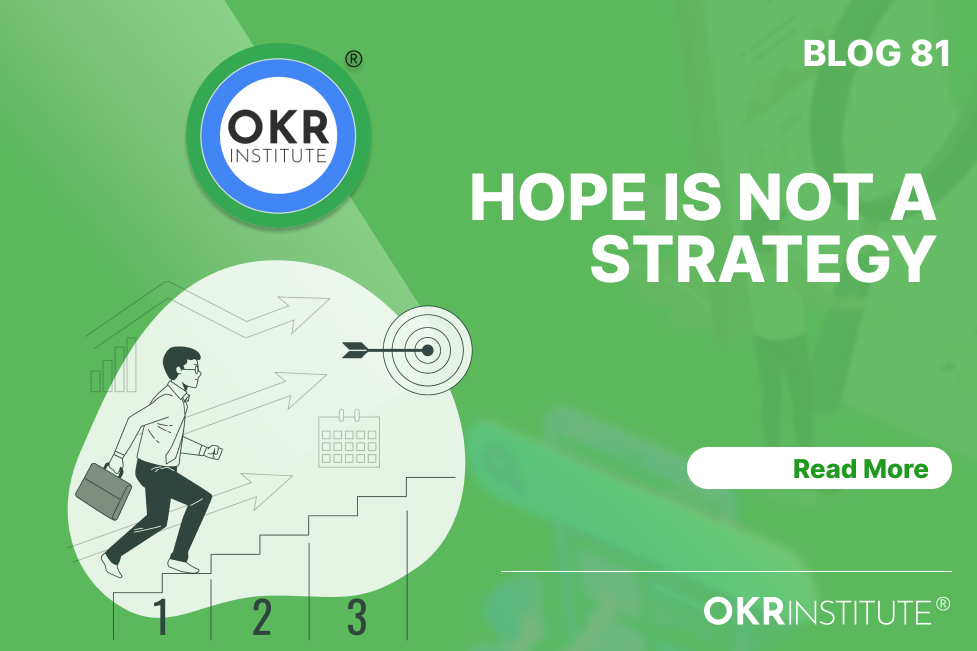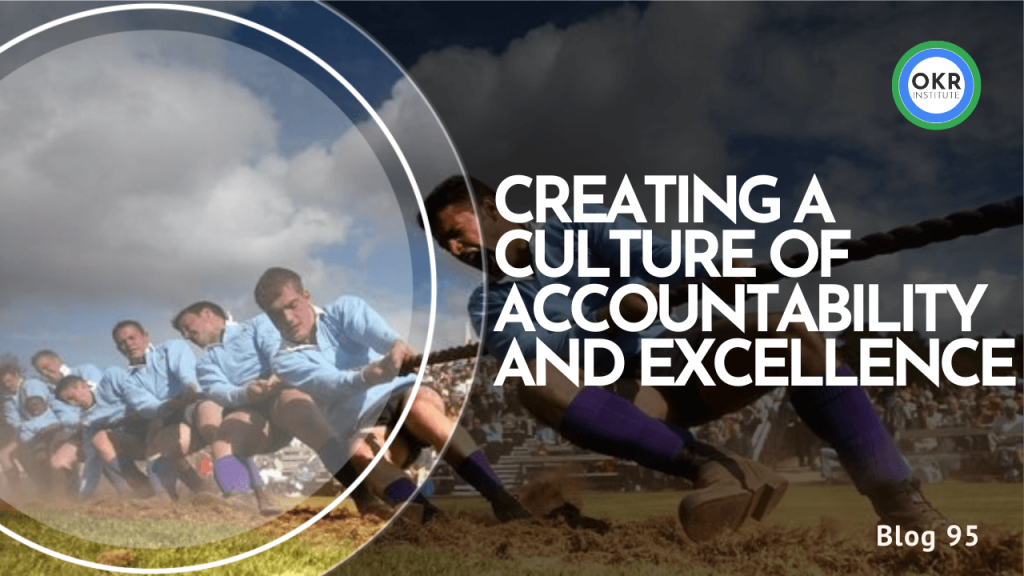How OKR Teamwork makes the dream work

How ‘OKR Teamwork makes the Dream Work
To make OKRs work sustainably, excellent Teamwork and dynamics are core requirements. Excellent team dynamics have several elements to it, such as:
- A sense of belonging
- A shared purpose and value system
- Transparency
- Trust
- Effective skills capacity building
- Excellent communication
And more
‘WHY AGILE GOES AWRY’ – A Harvard Business Review article by Lindsay McGregor and Neel Doshi both provides thoughtful insights on the way Agile practices go wrong but also how specific potent strategies can bolster teamwork and performance:
‘ Rather than a process where one person writes requirements (even small ones) while another executes them, all without a strategic North Star, a team striving for true agility should have a no-handoff process versus a process where one person writes requirements while the other executes them.
In a no-handoff process, the product manager and the engineers (and any other stakeholders) are collaborative partners from beginning to end in designing a feature.’
From practical experience with OKRs, we propose the same approach in designing Objective and Key Results frameworks – No hand-offs but rather a collaborative approach to co-creating every part of the framework, from the objectives to key results and the supporting action plan, ensuring a high level of transparency.
No-handoffs are one technique of many to foster teamwork and collaboration – Agile and OKR coaches should have an arsenal of these techniques to ensure the sustainable deployment of OKRs, Scrum, and Agile project management to prevent a command-control orientation from stopping agile development in its tracks. This would include breaking the layers of bureaucracy between traditional departments (who is not undergoing an Agile transformation) but yet needs to support Agile teams –
How can the HR team or department support the sustainability of OKRs and Agile methodologies?
A member or members of the Finance department (hopefully a volunteer) can be assigned to an OKR team with the understanding that she or he has to speed up the normal processes and refine them to support the team better.
Not necessarily all departments will totally transform from a traditional approach to an Agile one; this all depends on context, such as, for example, the size of the organization and whether the organization operates within a highly regulated environment or not.
In support of the successful deployment of OKRs and other Agile methodologies, it can be highly beneficial for the HR department to transform from being ‘Functional HR’ (Processing payroll and leave, arranging training, etc.) to ‘Strategic HR’ (Agile Hiring and Onboarding, co-creating internal OKRs, aligning behaviors to the culture and Vision of the company through immersive skills building).
When a large proportion or even the whole HR department knows and practices OKRs, they can provide practical support to OKR and Agile teams and better understand how to hire the right people that would thrive in a more Agile environment.
At the OKR institute, we, for example, created ever-evolving hiring and onboarding practices that involve creating job descriptions with new hires through a unique collaborative exercise.
If the HR department is isolated from the deployment of OKRs and Agile methodologies, they will find it extremely hard, if possible, to hire, train and coach effectively in support of Agile development and performance.
‘Talent wins games, but teamwork and intelligence win championship
Michael Jordan
It takes much more than individual talent and skills to actualize a company’s Vision. We have observed many examples in the business and sports world of highly talented individuals that fail due to their inability to put the team’s needs above their own.
As OKRs are stretch goals, which inherently means it is hard to achieve, individuals cannot do it alone. Strong leadership forming a potent combination with creative and collaborative team dynamics are critical elements of the sustainability of OKRs.
Yet even more important than all of the above is to execute OKRs for the right reason. Something more important than individual or team performance must be the key driver of ‘OKR Excellence’.
Purpose-fuelled, impact and outcome-orientated OKRs are more sustainable. Why? Simply because they are more customer/client/user-centric and shift the focus to our most important stakeholders.
Intelligent OKRs are :
✅ Aligned
✅ Focused (less is more)
✅ Prioritized (‘Measure what matters)
✅ Outcome orientated
✅ Purpose-fuelled (Aligned to an operationalized purpose
✅ teamwork orientated (creativity, collaboration, and ownership are fostered)
✅ measurable (contains mainly leading and dynamic indicators)
✅ Dynamic – Activities around OKRs, such as Check-ins, are pro-active
✅ Values orientated (ensures alignment to the company culture)
✅ transparent
The above list does not represent mere boxes to tick off. Instead, it is an ever-evolving, creative, and collaborative effort to ensure the practical application of the above principles in combination to ensure the sustainability of OKRs and performance.
Join our OKR Leadership course to learn how to make OKRs more sustainable.
Performance Director of the OKR Institute
Related Courses
Recent Posts
Tags
#OKR
#OKR Coaching
#OKR Coach







